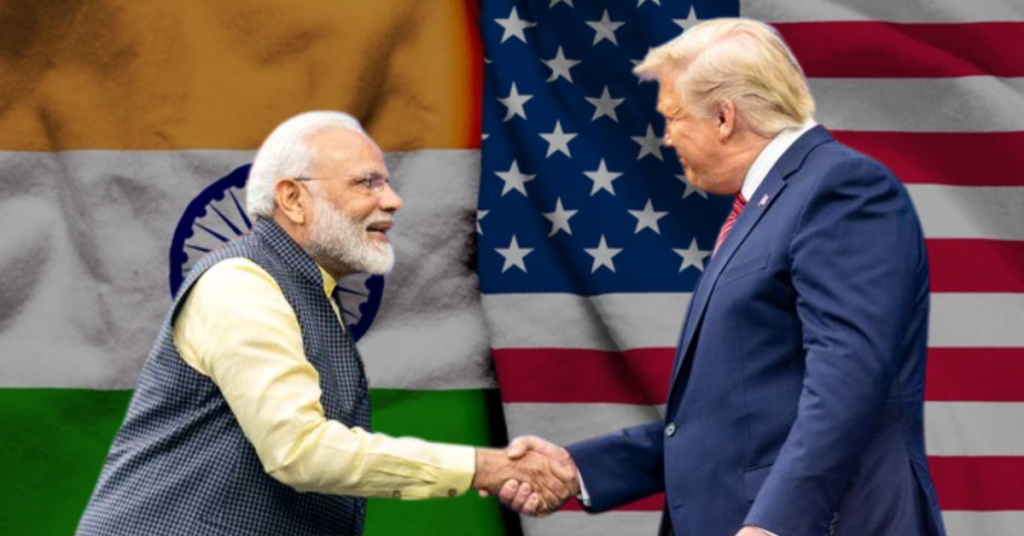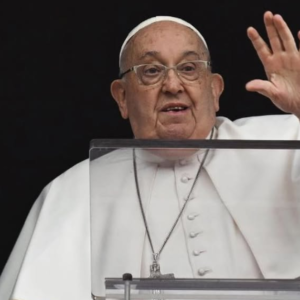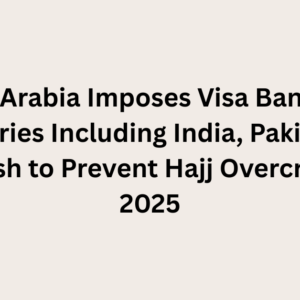
In a surprising turn of global trade strategy, former U.S. President Donald Trump has reignited tariff tensions by announcing a reciprocal duty of 26% on Indian imports, effective April 9. But rather than causing chaos, the move has been met with measured optimism in New Delhi — as economists, exporters, and policymakers alike see opportunities hidden within the noise.
Trump’s announcement involves a two-phase tariff plan: a universal 10% base duty for all countries beginning April 5, followed by country-specific reciprocal tariffs starting April 9. India’s 26% effective rate may seem high, but it is significantly lower than what many of its direct competitors now face. The U.S. has imposed 46% on Vietnam, 37% on Bangladesh, and 34% on China — a clear indication that India’s position in the global supply chain could actually strengthen.
Trade experts suggest that sectors like textiles, apparel, leather goods, and light engineering — where India traditionally competes with Southeast Asian nations — could now gain price competitiveness in the American market. While countries such as Japan (24%), South Korea (25%), and the UK (10%) face lower tariffs, they do not compete directly with India in most key export categories. This means that despite the headline number, Indian exporters might enjoy a new edge.
Another factor working in India’s favor is ongoing bilateral trade negotiations with the United States. Trump’s administration has kept the door open for revising these tariffs, particularly for countries willing to address trade imbalances and make concessions. India and the U.S. are currently discussing a phased trade deal, with both parties aiming to reach a preliminary agreement by October this year. This dialogue presents India with a chance to negotiate better terms and possibly roll back the imposed tariffs.
Adding to this, a recent USTR (United States Trade Representative) report labeled India’s average Most-Favored-Nation (MFN) tariff rate as the highest among major economies — at 17% overall, with agricultural goods facing up to 39%. According to analysts, this made India a predictable target in Trump’s trade overhaul. But given the relatively moderate 26% tariff, it’s being interpreted as more of a warning shot than a knockout punch — giving New Delhi room to maneuver.
Unlike other global players like China, the EU, or Australia, which are reportedly considering retaliatory measures, India is opting for a strategic and balanced approach. Instead of escalating the situation, New Delhi is focusing on internal reforms — including the possibility of pruning its own high tariff rates and making Indian exports more attractive across global markets.
Economists also believe that the situation could become a turning point for India’s manufacturing sector. By seizing this opportunity to re-align policies, simplify compliance, and lower trade barriers, India can both deepen its global trade footprint and support domestic industry growth. It could also encourage re-engagement with other trade partners such as the EU, UK, ASEAN, and African blocs — many of which have expressed interest in increasing bilateral cooperation.
This new tariff landscape is not without challenges — especially for exporters already operating on thin margins. But India’s strategic restraint, combined with its proactive efforts at trade diplomacy, shows that the country is ready to convert crisis into opportunity. As global supply chains undergo realignment, the world is watching how India leverages its economic diplomacy to emerge not just unscathed, but stronger.
Stay tuned newsdailyupdates for more updates.
Also Read
Amazon Makes Last-Minute Bid to Acquire TikTok in the U.S. as Ban Deadline Nears
Val Kilmer Dies at 65: Hollywood Mourns the Iconic Star Behind Batman, Top Gun & The Doors
Sikandar Box Office Day 3: Salman Khan’s Eid Release Creates History – Just One Film Ahead in Post-COVID Era!
Microsoft to Replace the Iconic Blue Screen of Death in Windows 11 – Here’s What’s Changing





